I'm trying to work out how to bias a dual gate MOSFET that I'm working with. Its behavior is halfway between depletion and enhancement modes. That is, its ideal VG range is about -1.5V up to about 0.5V. It looks like it needs VG-S to be biased to about -0.7V to work best (linearity/gain). In particular it seems that the modulation effect (multiplying, rather than adding, the signals) happens best at pretty specific bias voltages, especially on G1.
I have an idea that if I take the D.C. current from the source through a diode, I might be able to "jack the source up" by 0.7 volts, and then by leaving the gate lightly tied to ground, I would have the bias that I need, but I have a nagging feeling that I don't think I've ever seen this done, and I'm suspecting that I'm having a moment of gross foolishness. Can this work, or am I being very silly?
I realize it's more traditional to do this with a resistor, but as I understand it, the quiescent current seems to vary pretty widely with these devices, so that would be hard to choose, and it seems like I need to be particularly picky with the bias voltages in this particular device for the particular use I'm working on. The quiescent current itself seems far less important in this case.
The general idea is sketched below (and no, that's not the device, yes, I know that device symbol represents an enhancement mode device, but no, there doesn't appear to be a depletion mode device in the library, and heck, this thing's kinda halfway anyway :)
Thanks for any input!

simulate this circuit – Schematic created using CircuitLab